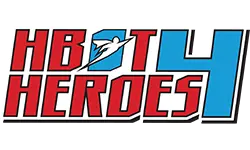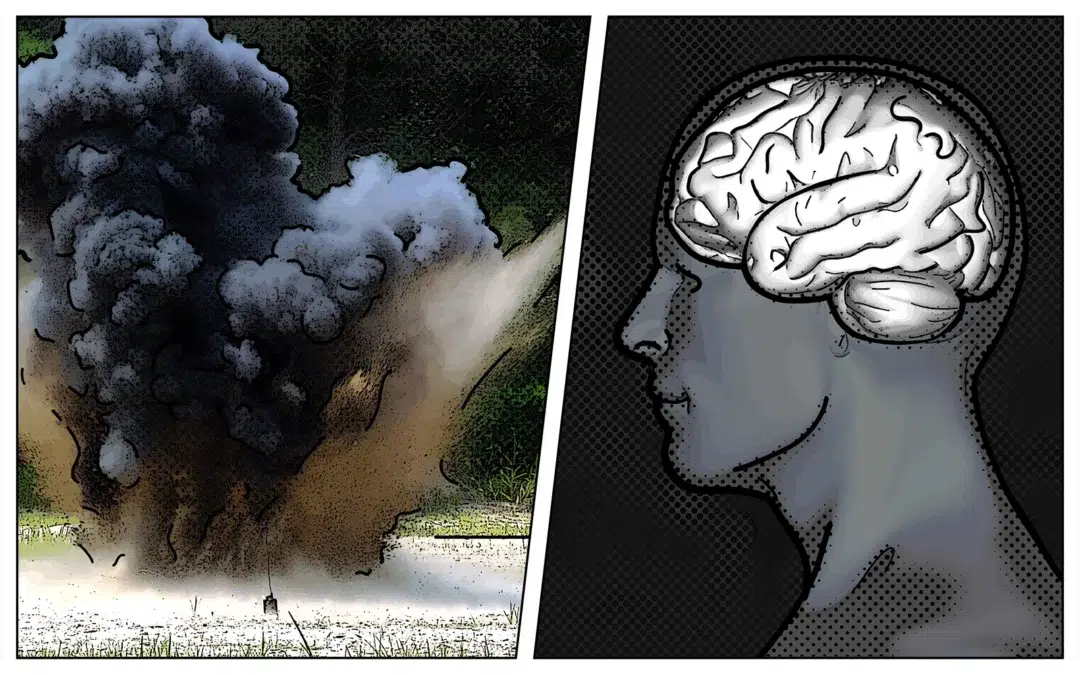On a recent 60 Minutes segment, the nation was introduced to the heartbreaking story of Navy SEAL Ryan Larkin—a decorated warrior who fought valiantly overseas, only to return home to a battle few could see: the effects of repeated low-level blast exposure on his brain.
A Hidden Battle: Ryan Larkin’s Story
Ryan served four combat deployments as an elite SEAL. But it wasn’t enemy fire that changed him—it was the repeated concussive blasts from breaching explosives and heavy weapons used during training and missions.
Back home, Ryan exhibited signs of deep psychological and cognitive struggle: hypervigilance, mood swings, confusion, and depression. Despite his commitment and sacrifices, he was met with misunderstanding and insufficient care. In 2017, Ryan died by suicide.
His final act was one of service: he donated his body to science. Neuropathologists discovered microscopic scarring in his brain—particularly in areas tied to mood, sleep, and executive function. Ryan’s case has become a clarion call for a deeper understanding of the brain injuries veterans face from blast overpressure.
“His last request was that his brain be studied, so no one else would have to suffer like he did.”
— Ryan’s father, Frank Larkin, in 60 Minutes (CBS News, 2023)
The Growing Role of Hyperbaric Oxygen Therapy (HBOT)
Stories like Ryan’s underscore the urgent need for better care and more innovative treatments. One therapy showing measurable promise is Hyperbaric Oxygen Therapy (HBOT)—a medical treatment in which a patient breathes 100% oxygen in a pressurized chamber.
This process helps reduce inflammation, regenerate brain tissue, and improve blood flow to injured areas of the brain. It’s being increasingly explored as a therapy for both Traumatic Brain Injury (TBI) and Post-Traumatic Stress Disorder (PTSD).
What the Research Says
A pilot study by Dr. Paul Harch and researchers at the LSU Health Sciences Center found compelling outcomes for veterans with TBI and PTSD:
- Over 50% of participants no longer met the diagnostic criteria for PTSD after HBOT.
- 10 out of 12 veterans who had reported suicidal thoughts said those thoughts disappeared following treatment.
These findings are echoed in peer-reviewed literature. A 2020 article in Medical Gas Research highlights that HBOT not only improves symptoms of mild TBI but also has measurable effects on brain metabolism and cognitive function, as seen through neuroimaging and clinical outcomes. While these these results are preliminary, they provide hope for a population in urgent need of better solutions.
Organizations Stepping Up: HBOT4Heroes
Nonprofit organizations like HBOT4Heroes are answering the call. They provide HBOT to veterans at no cost, believing that treating the root cause of brain injury—not just masking symptoms—can save lives.
“We’re not just treating wounds—we’re restoring lives.”
— HBOT4Heroes
Their mission is clear: to bring healing, hope, and scientifically backed care to those who’ve served. By supporting HBOT access, they’re offering a future to veterans struggling with invisible injuries.
A Call to Action
Ryan Larkin’s legacy has already driven change—spurring research, legislative efforts, and a cultural shift in how we understand and treat brain trauma among veterans.
But there’s more work to do.
We must:
- Acknowledge the reality of blast-related brain injuries
- Advocate for wider access to promising treatments like HBOT
- Act to support the heroes who’ve served and now suffer in silence
For every Ryan Larkin, there are thousands of veterans silently carrying the weight of unseen wounds. Let’s make sure they are seen, heard, and helped—before it’s too late.
💬 If You or Someone You Know Is Struggling
Please don’t wait. Reach out now:
- Call or text 988, then press 1 for the Veterans Crisis Line
- Or dial 1-800-273-8255
🔗 Learn More
- Visit HBOT4Heroes.org for info on treatment, eligibility, and ways to support
- Read the 60 Minutes coverage: CBS News – “A Navy SEAL’s silent battle”
- Explore the research: NIH – HBOT for PTSD and TBI

